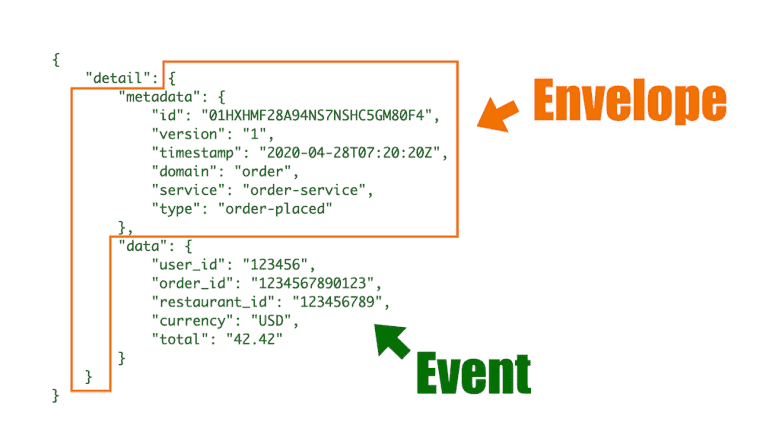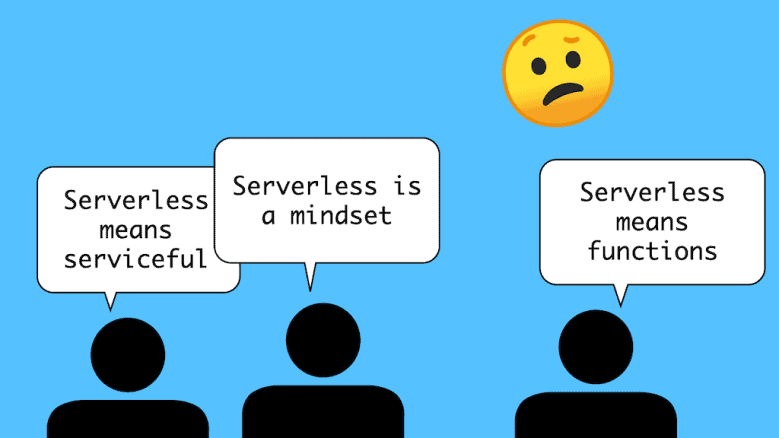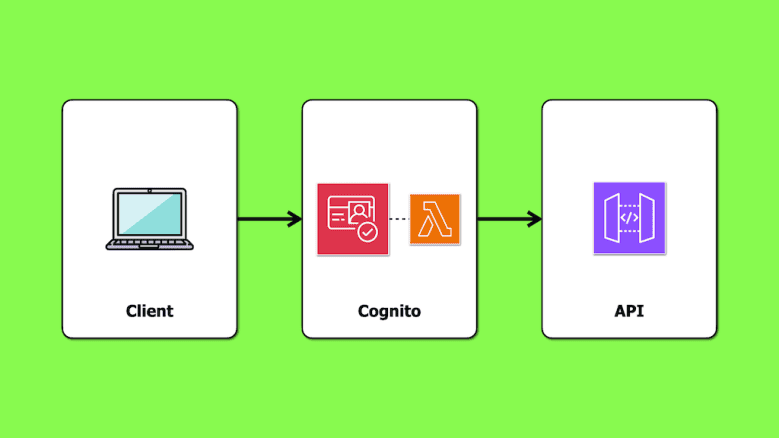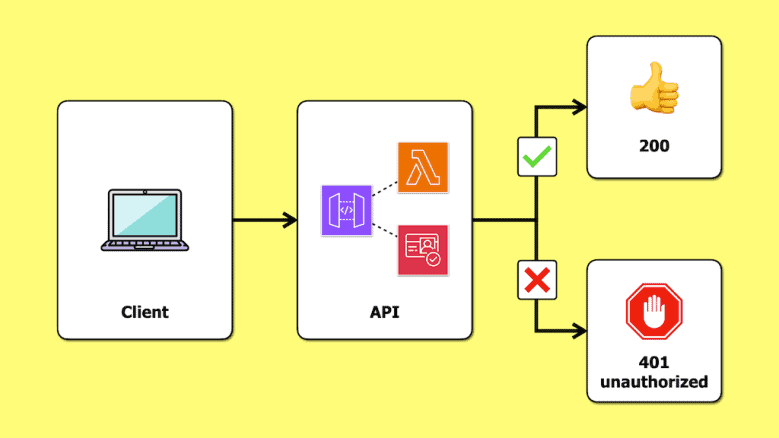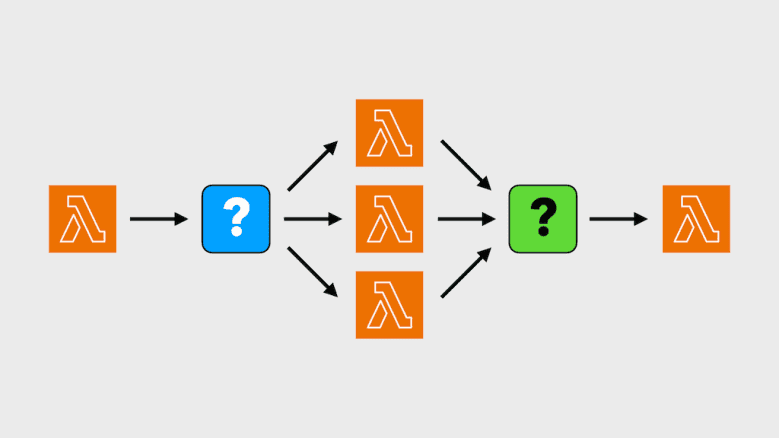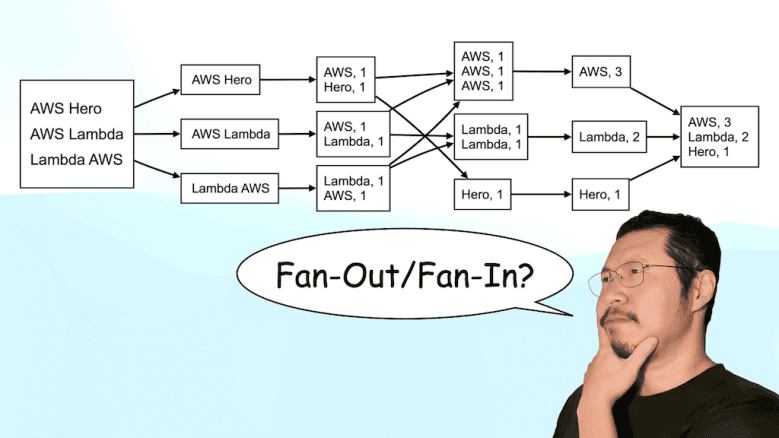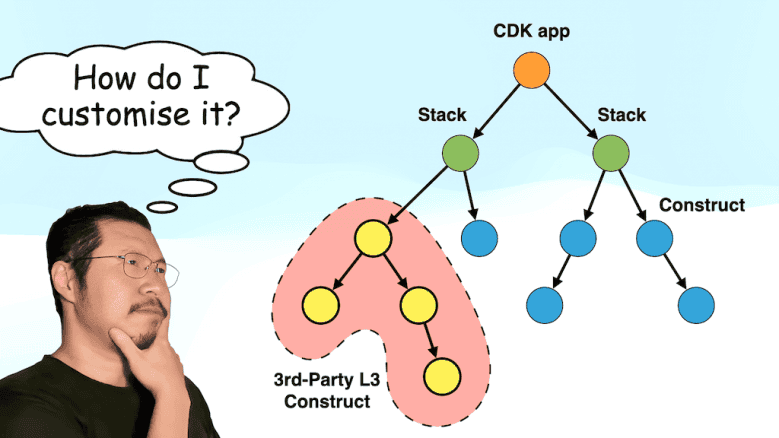EventBridge best practice: why you should wrap events in event envelopes
This article is about best practices for building event-driven architectures on AWS, with a focus on wrapping events in custom envelopes when using EventBridge.
While EventBridge provides metadata by default, a custom envelope allows for a standardized, consistent structure across all of your events, making it easier to manage and evolve the system over time.
By providing your own metadata, you can gain better interoperability between different services, end-to-end observability, idempotency control and versioning.
